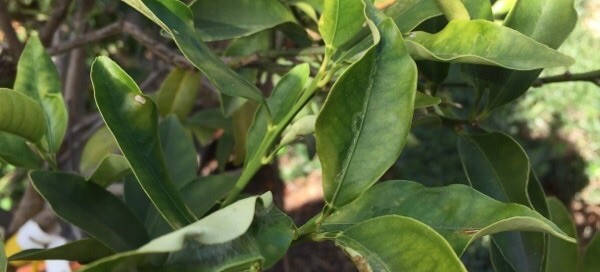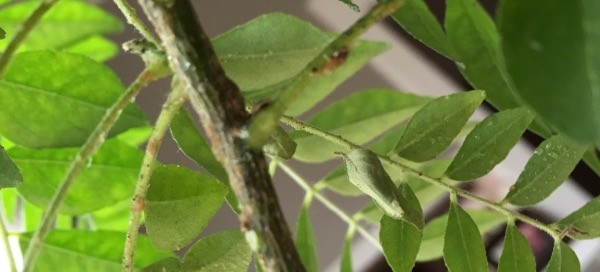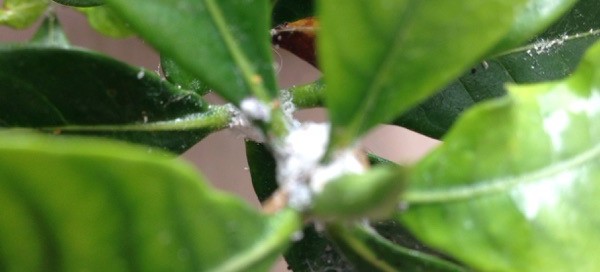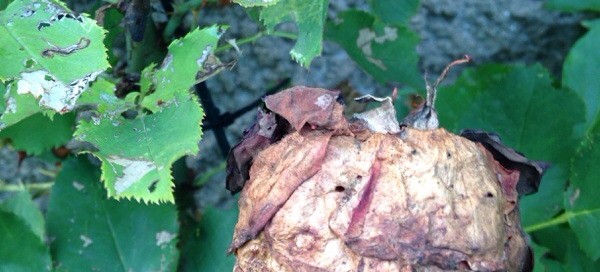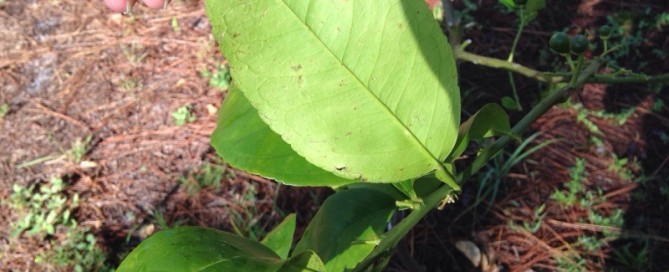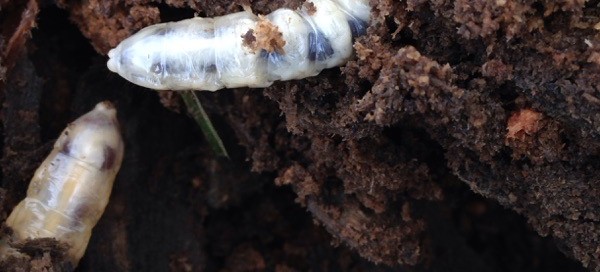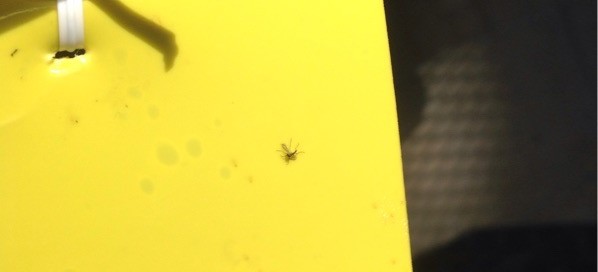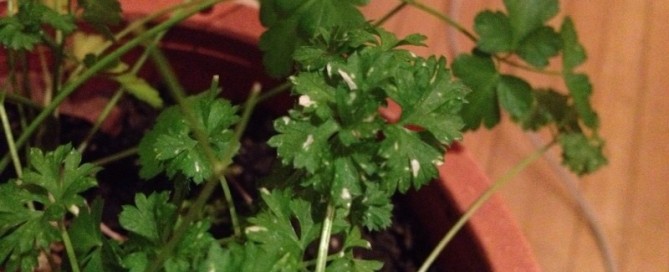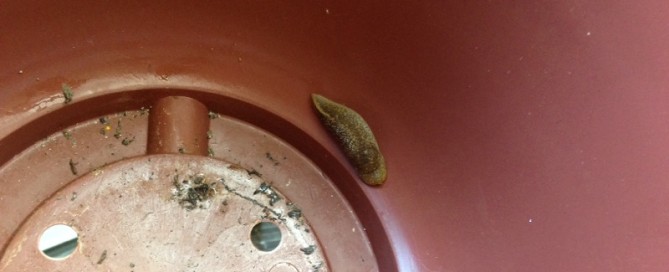Asian Citrus Psyllid
Huanglongbing disease (HLB)
The Asian citrus psyllid is the vector for Huanglongbing disease, a citrus greening disease and has been detected in several California counties. HLB is a bacterial disease that attacks the vascular system of the citrus and once it is infected, there is no cure, resulting in its death within a few years. For quarantined areas, do not remove or share citrus fruit, trees, clippings or grafts. Other preventative measures include spraying your citrus trees with an organic insecticide formulated with Spinosad, regular maintenance watering and feeding practices and purchasing citrus trees from reputable garden center. Initially, yellow, asymmetrical splotches appear on the leaves progressing to yellowing of entire branches and their death with deformed and small fruits that are bitter. If Californians suspect they have seen evidence of HLB, they are asked to call the CDFA (California Department of Food and Agriculture) hotline at 1-800-491-1899. For more information on the Asian citrus psyllid, visit www.cdfa.ca.gov/phpps/acp/.
